The Decadent Reader: Fiction, Fantasy, and Perversion from Fin-de-Siècle FranceAsti Hustvedt In France at the end of the nineteenth century, progress and material prosperity coincided with widespread alarm about disease and decay. The obsessions of our own culture as the twentieth century came to a close resonate strikingly with those of the last fin-de-siècle: crime, pollution, sexually transmitted diseases, gender confusion, moral depravity, alcoholism, and tobacco and drug use were topics of popular discussion then as now.The Decadent Reader is a collection of novels and stories from fin-de-siècle France that celebrate decline, aestheticize decay, and take pleasure in perversity. By embracing the marginal, the unhealthy, and the deviant, the decadent writers attacked bourgeois life, which they perceived to be the chief enemy of art. Barbey d'Aurevilly, Joris-Karl Huysmans, Jean Lorrain, Guy de Maupassant, Villiers de l'Isle-Adam, Catulle Mendès, Rachilde, Jean Moréas, Octave Mirbeau, Joséphin Péladan, and Remy de Gourmont looted the riches of their culture for their own purposes. In an age of medicine, they borrowed its occult mysteries rather than its positivism. From its social Darwinism, they found their monsters: sadists, murderers, transvestites, fetishists, prostitutes, nymphomaniacs, and hysterics. And they reveled in them, completely upending the conventions of romance and sentimentality. The Decadent Reader, which includes critical essays on all of the authors, many novels and stories that have never before appeared in English, and familiar works set in a new context, offers a compelling portrait of fin-de-siècle France. Medical Muses: Hysteria in Nineteenth-Century ParisAsti Hustvedt A fascinating study of three young female hysterics who shaped our early notions of psychology.Blanche, Augustine, and Geneviève found themselves in the hysteria ward of the Salpetrière Hospital in 1870s Paris, where their care was directed by the prominent neurologist Jean-Martin Charcot. They became medical celebrities: every week, eager crowds arrived at the hospital to observe their symptoms; they were photographed, sculpted, painted, and transformed into characters in novels. The remarkable story of their lives as patients in the clinic is a strange amalgam of intimate details and public exposure, science and religion, medicine and the occult, hypnotism, love, and theater.
But who were Blanche, Augustine, and Geneviève? What role did they play in their own peculiar form of stardom? And what exactly were they suffering from? Hysteria—with its dramatic seizures, hallucinations, and reenactments of past traumas—may be an illness of the past, but the notions of femininity that lie behind it offer insights into disorders of the present. 40 black-and-white illustrations La-BasJoris K. Huysmans At the novel's center is Durtal, a writer obsessed with the life of one of the blackest figures in history, Gilles de Rais — child murderer, sadist, necrophile, and practitioner of all the black arts. The book's authentic, extraordinarily detailed descriptions of the Black Mass have never been surpassed. | Coney Island: The People's PlaygroundMichael Immerso At the beginning of the twentieth century, Coney Island was the uncontested epicenter of America's emerging mass culture. It was the quintessential American resort: the birthplace of the amusement park, the hot dog, and the roller coaster. Its history is one of breathtaking transformation and re-invention. Celebrated for its glittering amusement parks and its enormous crowds, it was in times past a mecca of grand hotels, race tracks, beer gardens, gambling dens, concert saloons, and dance halls. A new mass culture began to take shape there. Its harshest critics decried it as Bedlam by the Sea, but others deemed it a necessary outlet for the masses where the democratic spirit was granted free rein. Despite its precipitous decline, Coney Island remains a metaphor for the American amusement industry and the hundreds of honky-tonk resorts and amusement parks it has spawned.
Coney Island: The People's Playground is the first new history of Coney Island in almost half a century, tracing its evolution and cultural impact from its earliest development as a seaside resort to the present day Mermaid Parade. Presented in a photo-documentary format featuring more than one hundred vintage photos, archival material, personal accounts, and contemporary sources, the book evokes the atmosphere of the resort as experienced by those who visited it during its heyday. Through the reminiscences of nineteenth- and twentieth-century writers, literary figures, and amusement historians, Michael Immerso traces Coney Island's remarkable evolution and subsequent decline, while at the same time examining the remarkable individuals and complex social forces that contributed to its rise and fall.
Coney Island is not merely a documentary of the amusement industry or the story of a fabled amusement park, but rather a narrative of the way Americans, and particularly immigrants and urban Americans, came to regard the pursuit of leisure as part of their national birthright. The Henry Darger Room CollectionIntuit In spring 2000, Intuit took possession of the contents of artist Henry Darger’s living and working space, which was located at 851 Webster Street in Chicago. Intuit’s Henry Darger Room Collection includes tracings, clippings from newspapers, magazines, comic books, cartoons, children’s books, coloring books, personal documents, and architectural elements, fixtures, and furnishings from Darger’s original room.
Darger lived in a one-room apartment in Chicago’s Lincoln Park until 1973 when he retired to a nursing facility. In his small room—which doubled as his studio and home for close to 40 years—he worked on a large number of painted and collaged drawings that illustrated the story of the Vivian Girls, created volumes of writings, and collected hundreds of objects (shoes, eyeglasses, balls of string, etc.). The contrast between the intimate scale of the room and the staggering volume of drawings, illustrations, writings, and collections, conveys vital information about Darger’s existence and the work he created.
Opened in 2008, the goal of this permanent exhibit is to create an environment that provides a window onto Darger’s world. The installation will symbolize the stark contrasts that are so vividly portrayed in Darger’s vast and complex oeuvre. Experiencing Darger’s personal environment through the installation will provide an important link to the man who struggled relentlessly throughout his life to give expression to the polarized spectrum of humanity. The archive and material represents a vital resource and the installation will enhance the understanding and appreciation of the art of Henry Darger by providing artists, scholars, and the public access to a unique and innovative archive of study materials. Diane Arbus: An Aperture MonographDoon Arbus Marvin Israel Diane Arbus— born Diane Nemerov in New York City in 1923— married Allan Arbus at the age of eighteen. She started taking pictures in the early 1940s and studied photography with Berenice Abbott in the late 1940s and with Alexey Brodovitch in the 1950s. It was Lisette Model's photographic workshops, however, that inspired her, around 1957, to begin seriously pursuing the work for which she has come to be known.
Her first published photographs appeared in Esquire in 1960. During the next decade, working for Esquire, Harper's Bazaar, and other major magazines, she published more than a hundred pictures, including portraits and photographic essays, many of which originated as personal projects, occasionally accompanied by her own writing. Diane Arbus: Magazine Work (Aperture, 1984) documents this aspect of her career and its relationship to her best-known imagery.
In 1963 and 1966 she was awarded Guggenheim Fellowships for her project on "American Rites, Manners, and Customs." She traveled across the country, photographing the people, places, and events she described as "the considerable ceremonies of our present." "These are our symptoms and our monuments," she wrote. "I simply want to save them, for what is ceremonious and curious and commonplace will be legendary."
A selected group of these photographs attracted a great deal of critical and popular attention when they were featured, along with the work of two other photographers, in the Museum of Modern Art's 1967 exhibition "New Documents." The boldness of her subject matter and photographic approach were recognized as revolutionary.
In the late 1960s, Arbus taught photography at Parsons School of Design, the Rhode Island School of Design, and Cooper Union, and continued to make photographs. Notable among her last works is a series of photographs she took at residences for the mentally retarded. Untitled (Aperture, 1995) is a collection of fifty-one of these photographs. "The extraordinary power of Untitled confirms our earliest impression of Arbus's work," wrote Hilton Als in the New Yorker. "It is as iconographic as it gets in any medium. These pictures are purely ecstatic."
In 1970, Arbus made a portfolio of ten prints, which was intended to be the first in a series of limited editions of her work. She committed suicide in July of 1971. In the years following her death and the Museum of Modern Art's posthumous retrospective— which was seen by more than a quarter of a million people before it began its three-year tour of the United States and Canada— exhibitions devoted exclusively to her work have been mounted throughout Western Europe, Asia, Australia, and New Zealand. To this day critics continue to debate the meaning of her photographs and the intentions behind them. Their indelible imprint on our visual experience has long been established beyond dispute.
When Diane Arbus died in 1971 at the age of forty-eight, she was already a significant influence— even something of a legend— among photographers, although only a relatively small number of her most important pictures were widely known at that time. The publication of Diane Arbus: An Aperture Monograph in 1972— along with the posthumous retrospective at the Museum of Modern Art— offered the general public its first encounter with the breadth and power of her achievements. The response was unprecedented.
The monograph of eighty photographs was edited and designed by the painter Marvin Israel, Diane Arbus's friend and colleague, and by her daughter Doon Arbus. Their goal in making the book was to remain as faithful as possible to the standards by which Diane Arbus judged her own work and to the ways in which she hoped it would be seen. Universally acknowledged a classic, Diane Arbus: An Aperture Monograph is a timeless masterpiece with editions in five languages and remains the foundation of her international reputation.
This twenty-fifth anniversary edition celebrates one of the most important photographic books in history on the work of a single artist. Every image in this edition has been printed from new three-hundred-line-screen duotone film, bringing to the reproductions a clarity and brilliance unattainable until now. A quarter of a century has done nothing to diminish the riveting impact of these pictures or the controversy they inspire. Arbus's photographs penetrate the psyche with all the force of a personal encounter and, in doing so, transform the way we see the world and the people in it. The Great Wave: The Influence of Japanese Woodcuts on French PrintsColta Feller Ives First edition. This volume discusses the role the Japanese woodcuts had in the history of French prints, a late-nineteenth century tradition. Discusses artists such as Edouard Manet, Mary Cassatt and Paul Gauguin. Contains many black and white and color illustrations. The publication of this book followed an exhibit at the Met from January through March of 1975. Minor jacket wear. Formerly the copy of Elizabeth Mongan with her ownership inscription in ink in corner of free endpaper |
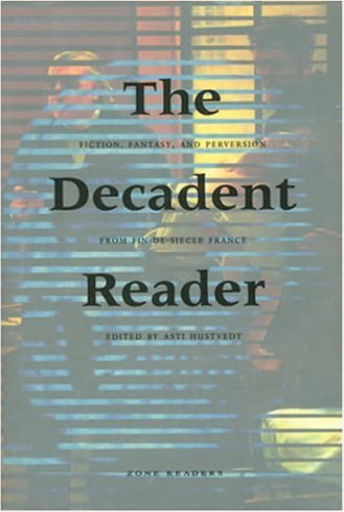
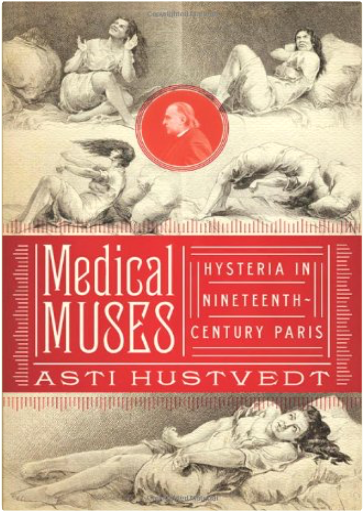



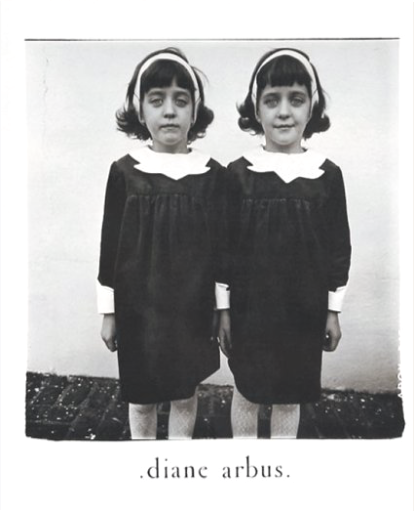
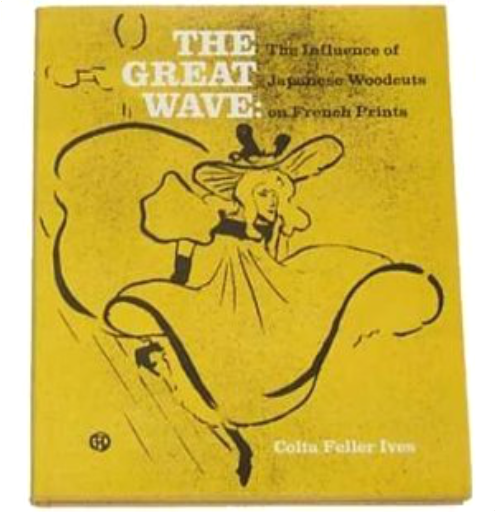

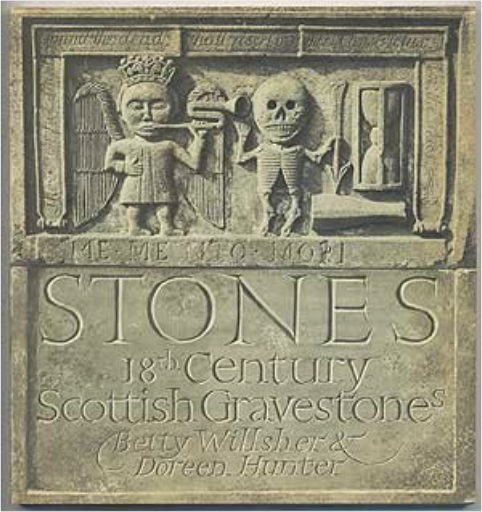

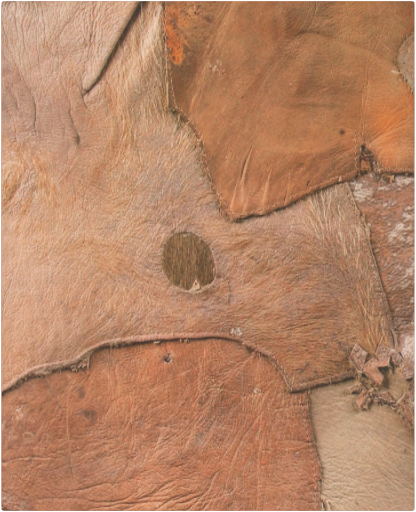
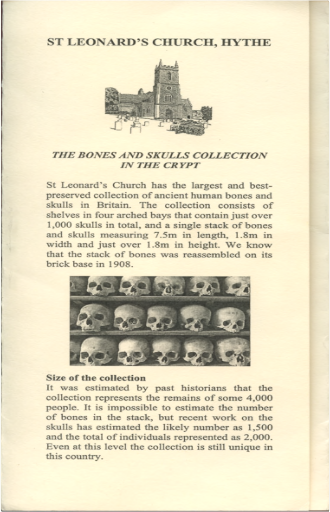
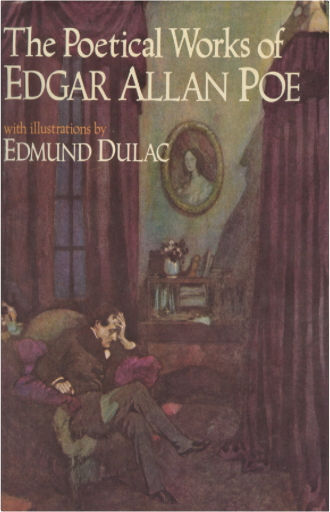
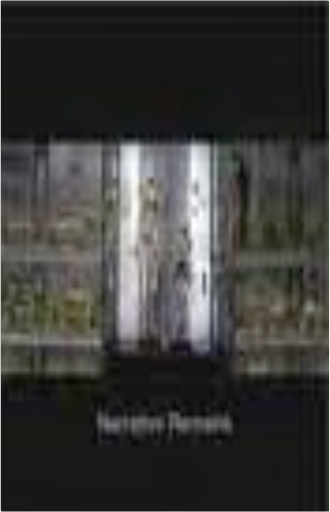

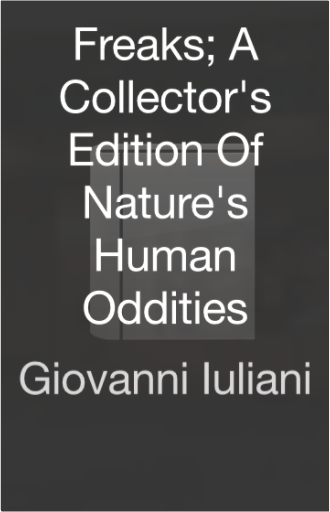
 Made with Delicious Library
Made with Delicious Library